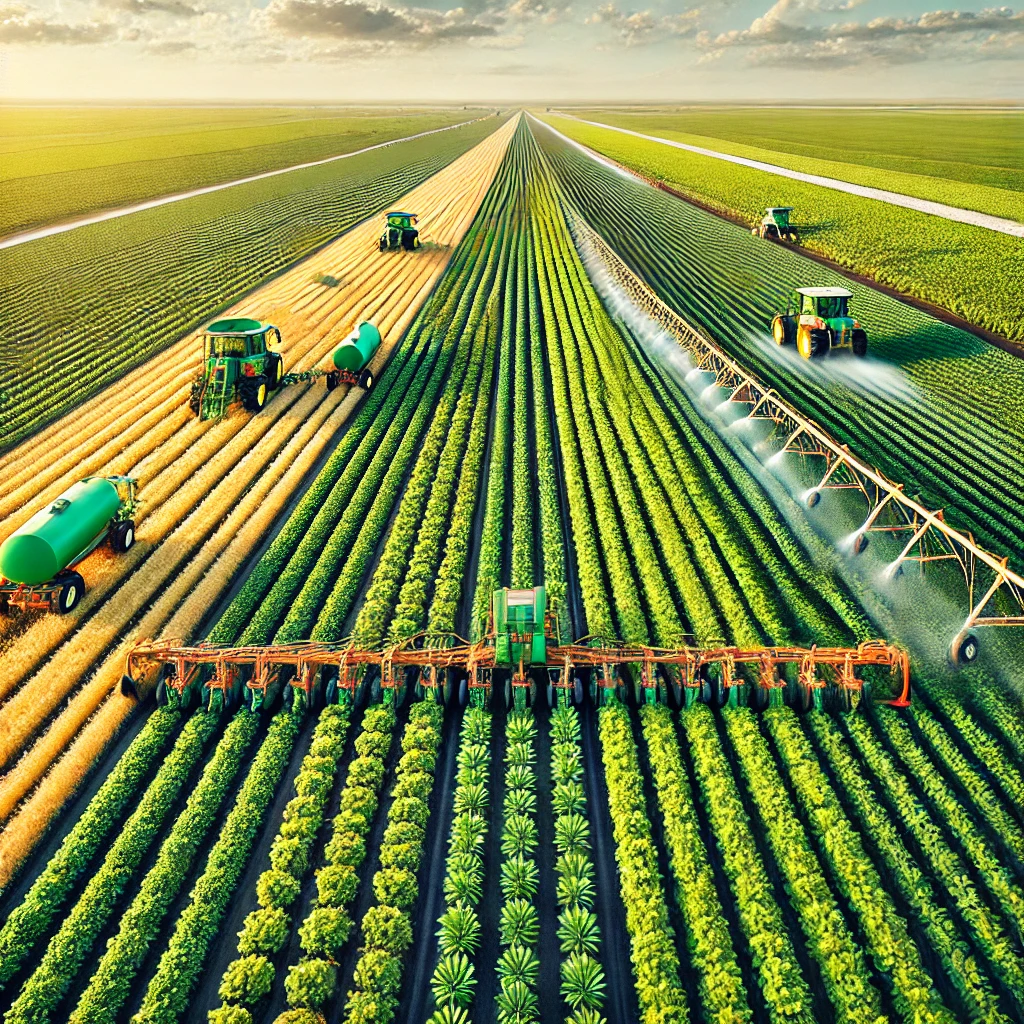Agroforestry, the practice of integrating trees and shrubs into agricultural landscapes, is revolutionizing the way we think about farming and forestry. This innovative approach not only enhances biodiversity but also improves soil health, water management, and crop yields. By combining agriculture and forestry, agroforestry systems offer a sustainable solution to some of the most pressing challenges in modern agriculture.
The Principles and Practices of Agroforestry
Agroforestry is based on the principle of creating symbiotic relationships between trees, crops, and livestock. This integration can take various forms, including alley cropping, silvopasture, and forest farming. Each of these practices leverages the natural benefits of trees to enhance agricultural productivity and sustainability.
Alley Cropping
Alley cropping involves planting rows of trees or shrubs alongside crops. The trees provide shade, reduce wind erosion, and improve soil fertility through leaf litter and root systems. This practice can significantly increase crop yields while also providing additional products such as fruits, nuts, and timber.
Silvopasture
Silvopasture combines forestry and grazing by integrating trees with pastureland. This system offers multiple benefits, including improved animal welfare, enhanced forage quality, and increased carbon sequestration. Trees provide shade and shelter for livestock, reducing heat stress and improving overall health and productivity.
Forest Farming
Forest farming involves cultivating high-value crops such as mushrooms, medicinal plants, and specialty fruits under the canopy of an existing forest. This practice not only diversifies farm income but also promotes forest conservation by providing economic incentives to maintain and manage forested areas.
Environmental and Economic Benefits
Agroforestry systems offer a range of environmental and economic benefits that make them an attractive option for farmers and landowners. These benefits include improved soil health, enhanced biodiversity, and increased resilience to climate change.
Soil Health
Trees and shrubs play a crucial role in maintaining soil health. Their root systems help prevent soil erosion, improve water infiltration, and enhance nutrient cycling. The organic matter from leaf litter and decomposing roots enriches the soil, making it more fertile and productive.
Biodiversity
Agroforestry systems support a diverse range of plant and animal species. The presence of trees and shrubs creates habitats for wildlife, promoting biodiversity and ecological balance. This diversity can also help control pests and diseases, reducing the need for chemical inputs.
Climate Resilience
Agroforestry can enhance the resilience of agricultural systems to climate change. Trees act as windbreaks, reducing the impact of extreme weather events. They also sequester carbon, helping to mitigate climate change by capturing and storing atmospheric carbon dioxide.
Challenges and Future Directions
Despite its many benefits, agroforestry faces several challenges that need to be addressed to realize its full potential. These challenges include the need for technical knowledge, initial investment costs, and policy support.
Technical Knowledge
Implementing agroforestry systems requires specialized knowledge and skills. Farmers need to understand the interactions between different species and how to manage them effectively. Extension services and training programs can play a crucial role in providing the necessary technical support.
Initial Investment
Establishing agroforestry systems often involves higher initial costs compared to conventional farming. These costs can include planting trees, installing fencing, and modifying existing infrastructure. Financial incentives and support programs can help offset these costs and encourage adoption.
Policy Support
Policy frameworks that promote agroforestry are essential for its widespread adoption. Governments can support agroforestry through subsidies, tax incentives, and research funding. Integrating agroforestry into national agricultural and environmental policies can also help create a conducive environment for its growth.
In conclusion, agroforestry represents a promising approach to sustainable agriculture that combines the best of farming and forestry. By enhancing biodiversity, improving soil health, and increasing resilience to climate change, agroforestry systems offer a viable solution to the challenges facing modern agriculture. With the right support and investment, agroforestry has the potential to transform agricultural landscapes and contribute to a more sustainable and resilient food system.










